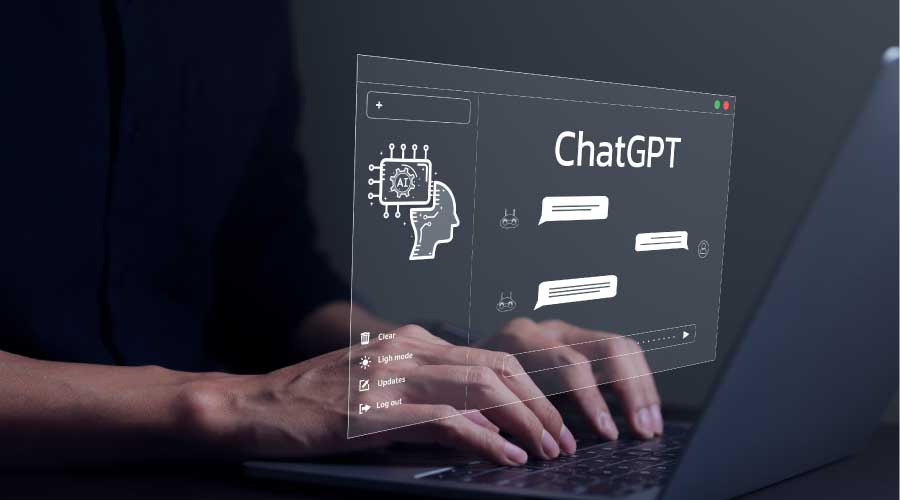Hot on the Trail of Data
Maintenance and equipment data is essential in making sound decisions. Here’s how to make sure your CMMS collects it
In Today’s maintenance environment, computerized maintenance management systems (CMMS) have become one of the most important tools to proactively manage maintenance and engineering operations. CMMS are more complex and capable than ever before, but too often, the main reason for making the purchase — maintenance management — is leaving managers dissatisfied.
Many managers are more frustrated now than in the old days, when no system or maintenance data was available. This trend in frustration and dissatisfaction is directly related to the maintenance management information contained, or not contained, within these systems, as well as managers’ inability to get the most from the investment.
Focus on Data
While many departments use a CMMS, too few systems produce the quality of information that managers require. Almost invariably in evaluating the causes of CMMS failures, our firm finds that departments do not adhere to — and in some cases, do not have — work flows or processes related to maintenance data. These processes are critical for ensuring that the CMMS captures necessary data and that users seamlessly integrate it into the daily activities.
The goal in implementing a CMMS is to make it easier to collect, enter and use the maintenance data. Managers must to evaluate progress by discussing flows and processes with workers to determine if they understand or have even seen them.
If departments do not use flows or processes, managers must develop and implement them, and they must be sure that all users receive training to use them. This step does not prepare the CMMS to collect data; it merely establishes the necessary foundation elements for proper data collection.
Pinpointing Problems
Common problem areas that typically warrant a manager’s attention are proper training, too many system choices, and even too few choices that provide little or no value to drive maintenance management decisions.
A CMMS can help managers and departments automate work flows and processes, so poorly developed work flows and processes will yield poor results. Among the roadblocks departments hit in streamlining the use of a CMMS to gather data are these:
Training troubles. One common problem area that leads to the deterioration of maintenance management data is a lack of system training for users. Unfortunately, too many managers feel that the best cost-saving measure is omitting system or user training.
Granted, this strategy does reduce the up-front costs, but its long-term impact can be dramatic. Many departments purchase and implement a new CMMS with the goal of finding the right user-friendly system when, in reality, user training on the existing system might be more cost-effective. It is equally critical to train users on the established work flows and processes. Users must be trained based on their interface requirements with maintenance activities and the CMMS.
For example, a front-line technician’s normal interface would be to enter specific work required to accomplish desired repairs — the work request/order module. A maintenance technician would interface with the equipment information — history — and materials management — parts. Management will interface with the maintenance management information — reports.
Managers can enhance CMMS performance by identifying the maintenance and CMMS interface requirements for all software users at the site or facility and providing training based on those requirements.
System access. Managers must determine the way any user will use the CMMS.
First, anyone who identifies needed maintenance work should have some level of access to the CMMS. Building occupants should have access to the system to document maintenance issues they identify at the facility. They must be trained on the correct procedures for using the established workflow or process.
They also should receive training on how to find the location of work requests or orders. Imagine the time saved if facility occupants checked the system instead of calling the maintenance department to obtain information on their requests.
Next, anyone who performs maintenance should have access. These individuals are the true users of the system. A CMMS will succeed and generate meaningful data only when these individuals enter pertinent failure, cause and action codes through work orders they complete. Reinforcing the use of work flows and processes at this level ensures the system contains information to generate maintenance management data.
Finally, all who must make informed maintenance management decisions should have access to the system, and they must receive training on how to efficiently use the system to analyze information. These individuals are the true users of the information within the CMMS.
As one can clearly see, if building occupants have no training on how to properly input requests, maintenance workers might not have the necessary means to document their results. As a result, those who must make informed decisions will have no maintenance management data available.
Data Downfalls
The CMMS is the most important communication tool a maintenance department can have, but all communication must happen as a result of work requests and work orders. Numerous errors due to lack of information occur during important data-gathering events, including these:
Lack of useful information. Too, often the very descriptive and helpful work request identifies the problem as “air handler broken” and is normally coupled with the always useful sign-off of “air handler fixed.” Properly established approval, closing and rejection procedures ensure that only useful information is entered into the CMMS.
Improper equipment number identification. This is a common problem when equipment is not clearly tagged and can be quickly corrected by affixing all equipment in the CMMS with a tag that has the same equipment number that appears in the CMMS.
Poorly established failure, cause and action codes. These codes are critical to quickly group and search for similar repair circumstances. They are helpful in identifying failure patterns, conducting investigations, and assisting in identifying areas in which training could benefit technicians.
If it is cumbersome for technicians to find the correct code, supervisors can streamline the list codes so workers can more easily identify correct information.
Wrong assignment of work types. This problem arises from improper user training, as well as a non-functioning approval system. Accurate work types are critical for ensuring maintenance technicians focus on the appropriate activities. If the situation is not addressed and supported by proper planning of maintenance activities, those who identify needed maintenance will fail to see the results on any problems they identified.
If the problem is left out of control, every work request becomes an emergency or safety issue. This problem can be changed only by gaining control of the backlog through maintenance planning and scheduling and by reinforcing the approval process.
Lack of labor or material cost data. The CMMS must contain all labor costs for each individual. These labor rates should be the burdened labor cost for each employee who performs maintenance activities. Properly defined system security will ensure that established labor rates remain confidential.
The work order has to capture labor and material costs for each piece of equipment on which maintenance materials are used. If the CMMS does not capture these costs, information needed for determining the decision on repair or replacement will be impossible and lead to excess spending.
Money saved up front by failing to train CMMS users has a significant impact on the data the system must contain. Before conducting user training, managers should consider using a CMMS implementer to evaluate the application and supporting work flows and processes. CMMS training is best conducted using a fully populated system with actual facilities data so trainees become familiar with the system and the data. Training is critical to ensure that all personnel assist in efforts to collect essential facilities data.
Dave Bertolini is a managing principal at Life Cycle Engineering Inc.
Related Topics:











